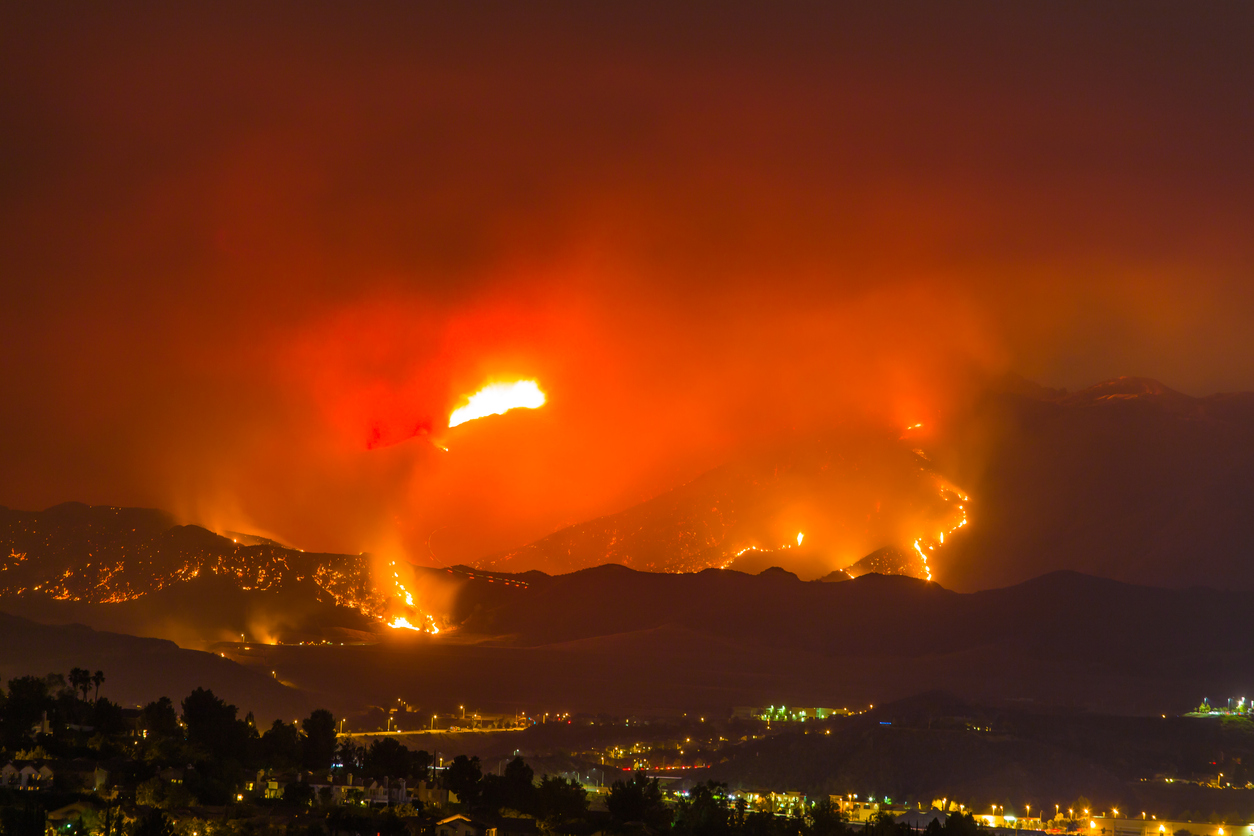American International Group Inc. (AIG) percent will begin notifying approximately 9,000 customers in its Private Client Group that their home insurance policies will not be renewed this year as early as this month. The change is part of AIG's plan to stop selling home insurance policies in California through a division regulated by the state's insurance department.
In an email sent to insurance brokers late last year, AIG stated that some policyholders may be eligible for coverage through another AIG unit. The other unit works alongside other so-called excess-and-surplus lines insurers, which have more leeway in setting policy rates and terms than insurers in the larger, more tightly regulated home-insurance market.
According to brokers, the policies could cost three to five times what AIG's clients are currently paying, with less generous coverage.
"AIG is the first high-net-worth carrier to say, 'We've had it, we're leaving California's regulated market,'" said Jim Tolliver, an insurance broker with Woodruff Sawyer & Co. in San Francisco, who fears others will follow suit.
Chubb, the state's largest high-end insurer, is continuing to refuse to renew some policies. But, according to Paul Krump, a Chubb vice chairman, "we are still accepting new customers across the state in areas where we have a fair chance of earning an adequate return."
Chubb Chief Executive Evan Greenberg stated on an earnings call in October that the insurer's California shrinkage was "not a small amount" in locations "both highly exposed and even moderately exposed to wildfire." "Someone else will have the pleasure of writing" the business, he said, because "we cannot charge an adequate price for the risk."
Chubb, which declined to provide policyholder figures, intends to offer excess-and-surplus policies to many non-renewed policyholders.
AIG and Chubb's actions come after years of non-renewals by mass-market insurers. California regulators are encouraged that, as a result of recent rate increases, parts of the broader market are showing signs of stabilization. Allstate Corporation, Farmers Insurance, and a few other companies have committed to increasing policyholders.
Some insurers are irritated that California regulators require them to set home-insurance rates based on historical loss experience rather than projected future losses based on catastrophe modeling. Such models can reflect detailed, location-specific data that insurers believe they require in the face of escalating wildfire activity caused in part by climate change.
State regulators say insurers can obtain adequate rate increases under the current system, but they are concerned about the accuracy of modeling and its fairness to minorities in general.
"We are very disappointed that a diversified company with massive global resources like AIG is not staying the course to help support safer, more resilient communities here in California," deputy insurance commissioner Michael Soller said. The state has been attempting to assist consumers in reducing wildfire risk by pressuring insurers to provide discounts for mitigation measures.
The state insurance department approved a 17.5 percent rate increase for AIG's home policies in 2020. AIG's subsequent request for a 42 percent increase is still pending.
Finding replacement coverage in California can be difficult, especially for the largest and most expensive homes.
"I'm sure there's enough blame to go around: the insurance department, the insurance companies, the policyholders," said Jeffrey Green, a managing director at a financial-services firm who lives in Napa County and is affected by AIG's non-renewals this year. "However, if people are uninsured and their homes burn down, you're going to devastate them."
Mr. Green and his wife, Jane, have spent tens of thousands of dollars trimming trees, installing a fire hydrant that draws from a swimming pool, and taking other precautions to reduce the risk of their house catching fire.
The house survived a wildfire in 2020, despite the destruction of nearby properties. Nonetheless, a six-figure claim for smoke and other damage was filed.
Californians with homes estimated to cost more than $10 million to rebuild frequently pay $20,000 to $40,000 in annual premiums, while those with $30 million or higher residences frequently pay more than $100,000, according to brokers. Tens of thousands of Californians with such homes are insured by a half-dozen or so carriers that specialize in the high end, with some also insured by insurers that focus on the broader market.
According to Mr. Soller, AIG informed state officials that its decision was motivated by "not only heightened wildfire risk exposure in California, but also the costs of servicing high-value homes" and the impact of global catastrophes on its reinsurance costs. AIG's email to brokers specifically mentioned wildfires and mudslides from the previous five years. AIG refused to comment.













